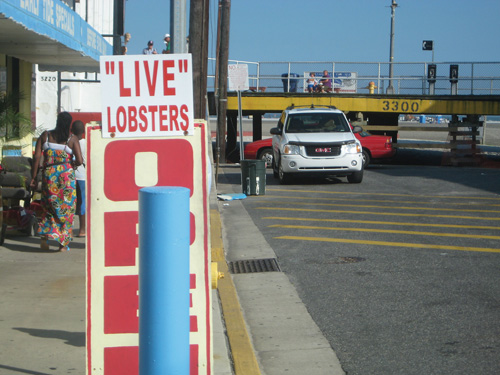

Terms like “bipolar,” “OCD” and “ADD” are descriptors of real psychiatric disabilities that people actually possess. Don’t underplay the impact of mental disabilities.While you’re at it, steer clear of euphemisms like “challenged,” “differently abled,” or “specially-abled,” too. “afflicted by,” “victim of,” “suffers from,” “confined to a wheelchair”. When speaking about disability, avoid phrases that suggest victimhood, e.g.Many idioms don’t translate well from country to country, and some are rooted in negative connotations and stereotypes (“ hold down the fort,” “call a spade a spade” are examples). Avoid idioms, jargons, and acronyms: Jargon and acronyms can exclude people who may not have specialized knowledge of a particular subject and impede effective communication as a result.Ultimately, different groups have different preferences, and people within groups have different preferences. Identity-first language puts the descriptor first, and is more common among specific communities, such as the deaf community, where “deaf person” is generally preferred over “person with deafness". identity-first language: Person/people-first language tends to be the preferred option for describing individuals and groups of people with a shared identity/identities, centering the individual as the most essential element, e.g., "a person with a disability" instead of "a disabled person". Here a 6 that many folks involved with diversity and inclusion recommend. A few big principles can take you quite far. It’s not always necessary to fret over every word. And if you can think of any words, phrases or examples we didn’t cover here, please share in the comments! 6 overall inclusive language principles If that spirit of self-improvement resonates with you, perhaps this inclusive language guide for startups/tech will help. I’m going to work on this and try to be better,’ “ Niel shared. I apologize for not understanding what that word meant to you. “It’s been incredibly helpful for me to move away from ‘Oh that’s not what I meant, I meant it in this way, you’re reading too much into it’ straight to ‘You’re right.

But why not try? Nothing is lost in the process, but so much is gained.Īs my teammate, Niel shared with me, “Communication is not what you say, but how it’s heard.” Making changes to use more inclusive language offers us a chance to grow and become better communicators while also caring for those we’re communicating with. And even if you were to follow every recommendation here, you might still offend someone or say the wrong thing.Ī person can spend a long time on this journey to a more inclusive way of communicating and still make many mistakes. Some of these language changes might seem unnecessary or even silly to some. To dig deep into empathy and imagine an experience not our own. To consider the implications of words and phrases that have long gone unchallenged. It is constructed to bring everyone into the group and exclude no one. Inclusive language seeks to treat all people with respect, dignity, and impartiality. Individuals and groups have been marginalized and discriminated against because of their culture, race and ethnicity, gender, sexual orientation, age, disability, socioeconomic status, appearance and more. Historically, language has left many out. When used well, it creates a common understanding.Īnd it’s essential for creating an environment where everyone feels welcome and included. Language is one of the most powerful tools we have as humans.


 0 kommentar(er)
0 kommentar(er)
